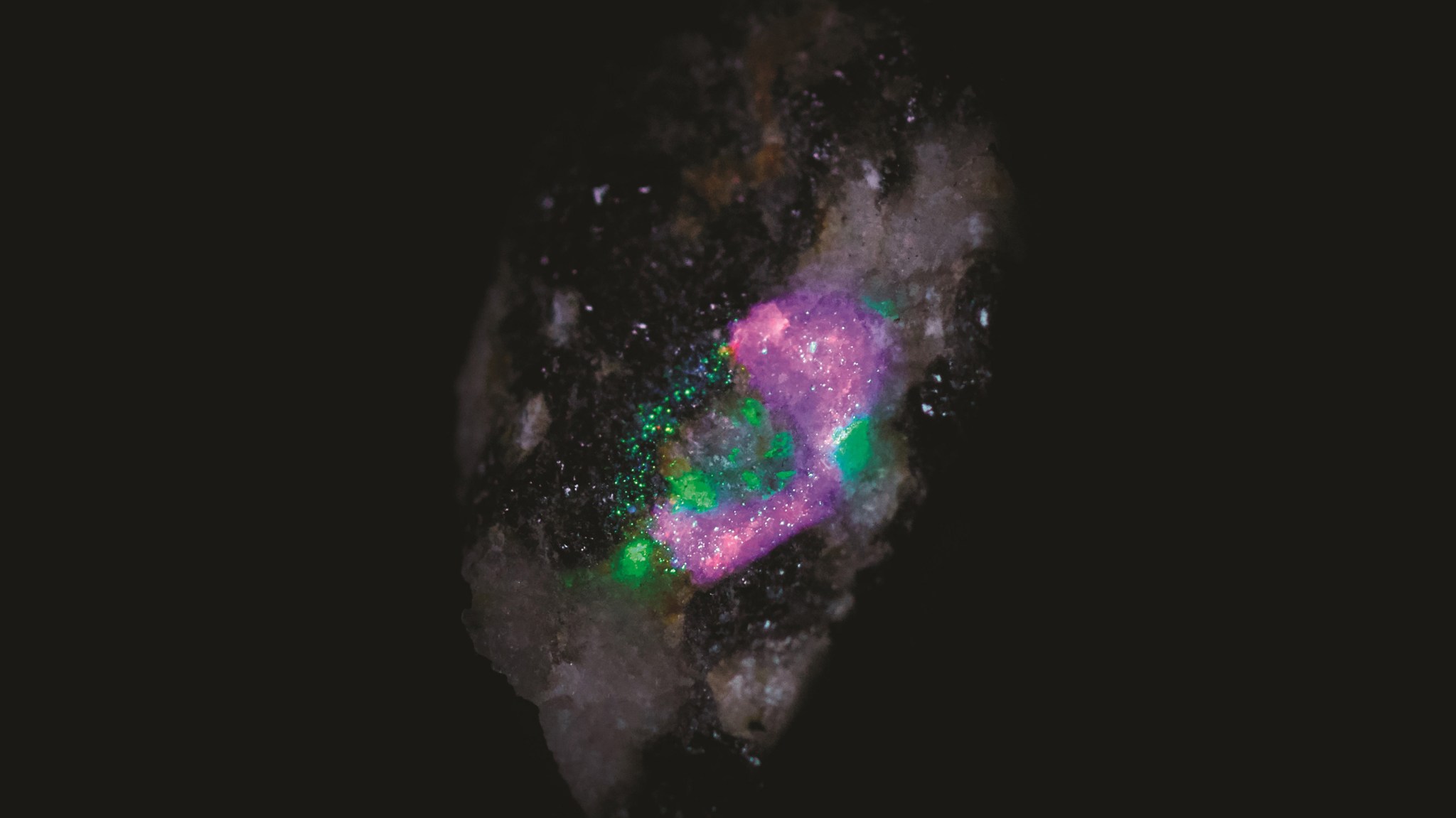NASA’s Perseverance rover may have uncovered its strongest evidence yet that ancient microbial life could have once existed on Mars. According to a new study published in Nature, the rover identified distinctive mineral and organic associations in a sedimentary formation inside Jezero Crater — chemical signals that, on Earth, are closely tied to biological processes.
The peer-reviewed findings come from the analysis of a Martian rock sample extracted in July 2024 from a formation known as Bright Angel, an ancient riverbed system. While researchers stress that the results do not confirm life, the study describes features that qualify as potential biosignatures — scientifically defined as characteristics that warrant further investigation into a biological origin.

“This very well could be the clearest sign of life that we’ve ever found on Mars,” said Sean Duffy, acting NASA Administrator, as quoted by Earth.com. Still, both Duffy and lead study author Joel Hurowitz of Stony Brook University emphasized that additional testing is required before any biological interpretation can be confirmed.
mineral signatures hint at biological processes
The research centers on two key minerals: vivianite (iron phosphate) and greigite (iron sulfide), both detected in a Martian mudstone named Cheyava Falls in the Sapphire Canyon core. On Earth, these minerals are commonly associated with microbial activity in low-oxygen, water-rich environments.
Using Perseverance’s SHERLOC and PIXL instruments, scientists observed that vivianite formed rims around cores enriched in greigite — a pattern also seen in terrestrial sediments shaped by microbial electron transfer reactions. According to the Nature study, this “bullseye” texture appears in spatially organized zones within the rock, suggestive of redox gradients.


But the authors caution against over-interpretation. The term “potential biosignature” is used intentionally, aligning with NASA’s Confidence of Life Detection (CoLD) framework, which sets a conservative, stepwise process for interpreting life-related evidence. As the Earth.com article notes, the signals “show the chemistry is right for it,” but do not constitute proof of biological metabolism.
organic matter in the right place, but not proof
The same formations also contain organic carbon, mapped by SHERLOC and confirmed in Raman spectra by the presence of a characteristic 1,600 cm⁻¹ “G-band” signal. Organic molecules were detected in three separate locations — Cheyava Falls, Walhalla Glades, and Apollo Temple — all within the Bright Angel formation.


As detailed in the Nature article, the strongest organic signal was found in Apollo Temple, which also showed the highest combined concentration of vivianite and greigite. Another target in the region, Malgosa Crest, showed neither the organic signal nor these mineral phases, reinforcing the specificity of the pattern.
Yet, researchers acknowledge that organic compounds can form through non-biological means, such as abiotic synthesis or delivery by meteorites. Distinguishing between these scenarios will require isotope analysis and higher-resolution instrumentation — work that can only happen once the sealed Sapphire Canyon sample is returned to Earth.


ai-assisted science on the martian surface
Key to the discovery was the integration of artificial intelligence in Perseverance’s instrument suite. As reported by NASA’s Jet Propulsion Laboratory, PIXL’s “adaptive sampling” software allows the rover to autonomously identify mineral targets in real-time and adjust its focus without needing instruction from mission control.
“We use PIXL’s AI to home in on key science,” said Abigail Allwood, the instrument’s principal investigator. The system can pause and conduct additional scans when it detects signs of unusual chemistry, increasing the quality and precision of in situ analysis.
SHERLOC, meanwhile, employs ultraviolet Raman and fluorescence spectroscopy to locate organic molecules and map their context. According to NASA, the instrument is designed to examine textures and chemical environments at microscopic scales — and was specifically built to detect biosignature candidates in ancient Martian rocks.
next step: sample return and deeper testing
While Perseverance’s onboard instruments provide invaluable data, conclusive evidence will require laboratory-grade analysis on Earth. The rock core — collected and sealed in July 2024 — remains on the Martian surface, waiting to be retrieved by a future mission under NASA and the European Space Agency’s Mars Sample Return campaign.
In Earth laboratories, scientists will be able to examine isotopic ratios, molecular structures, and trace element distributions with far greater sensitivity. These tests will be crucial in confirming whether the observed signals result from ancient microbial activity or abiotic geochemical reactions.
Even if the signals turn out to be non-biological, the findings still offer a detailed look into a time when Mars was chemically dynamic, water-rich, and potentially habitable. As the Nature study concludes, the Bright Angel formation preserves “textures, chemical and mineral characteristics, and organic signatures that warrant consideration as potential biosignatures.”

